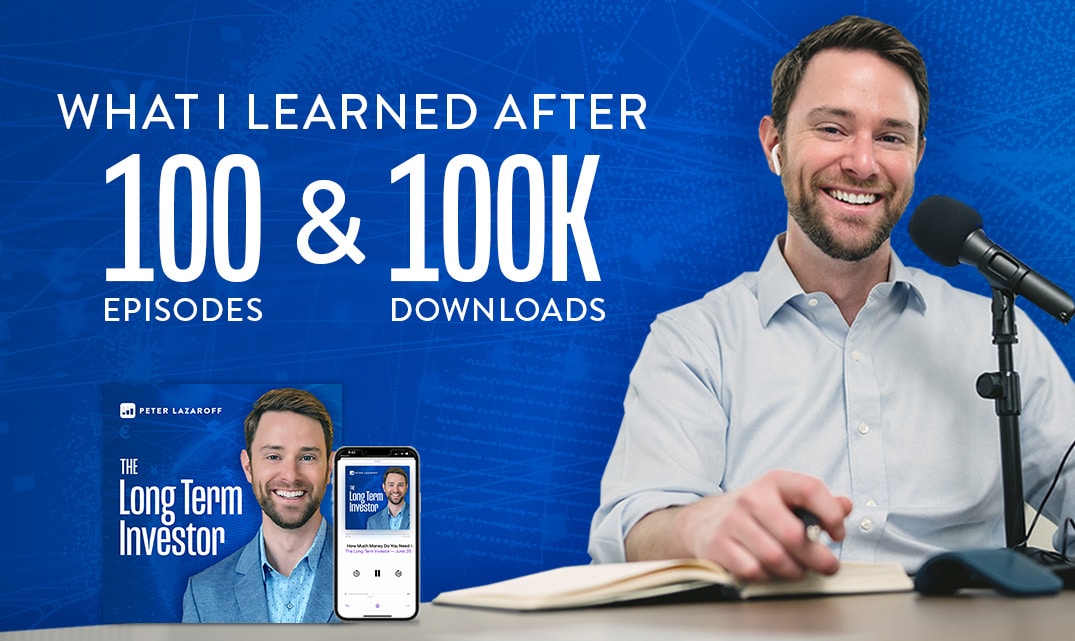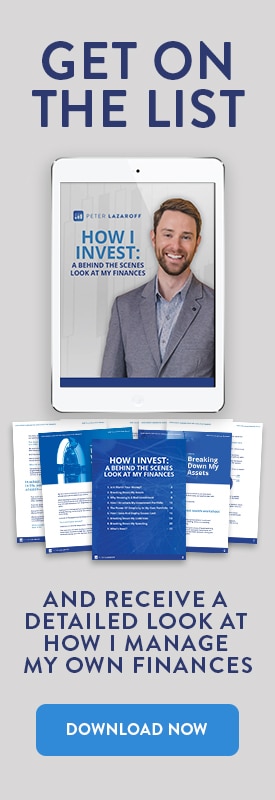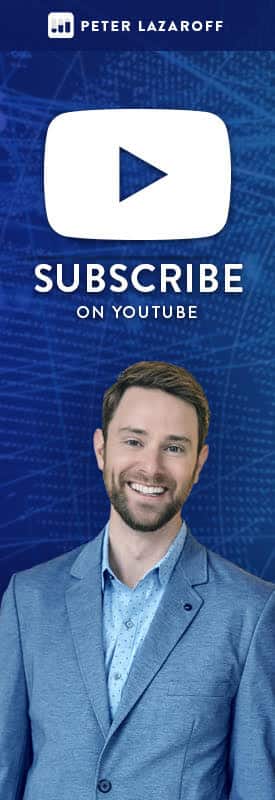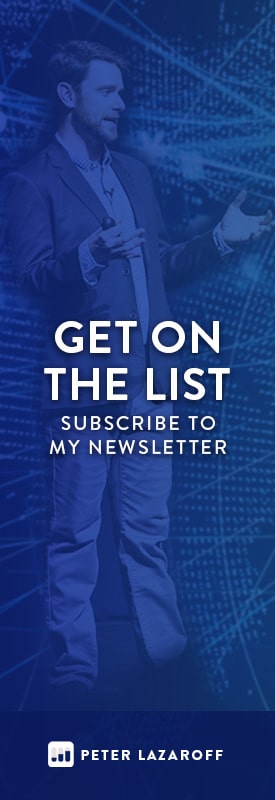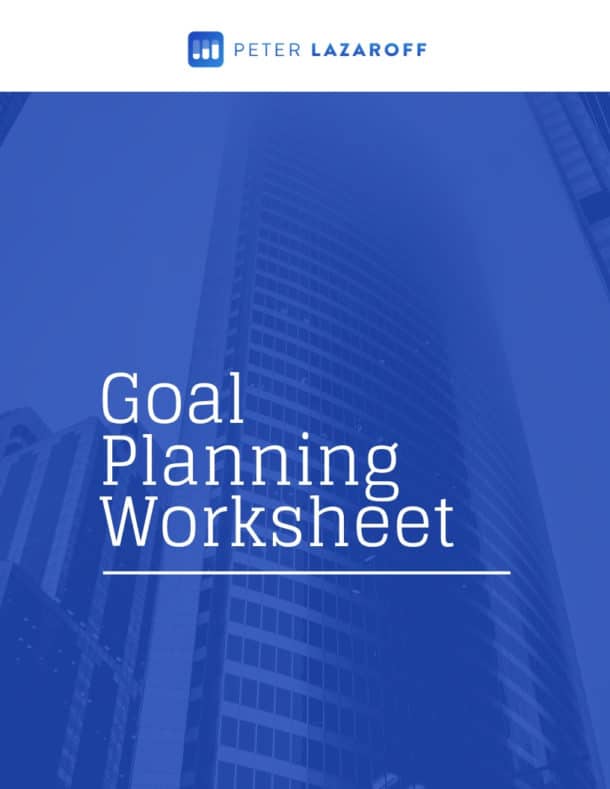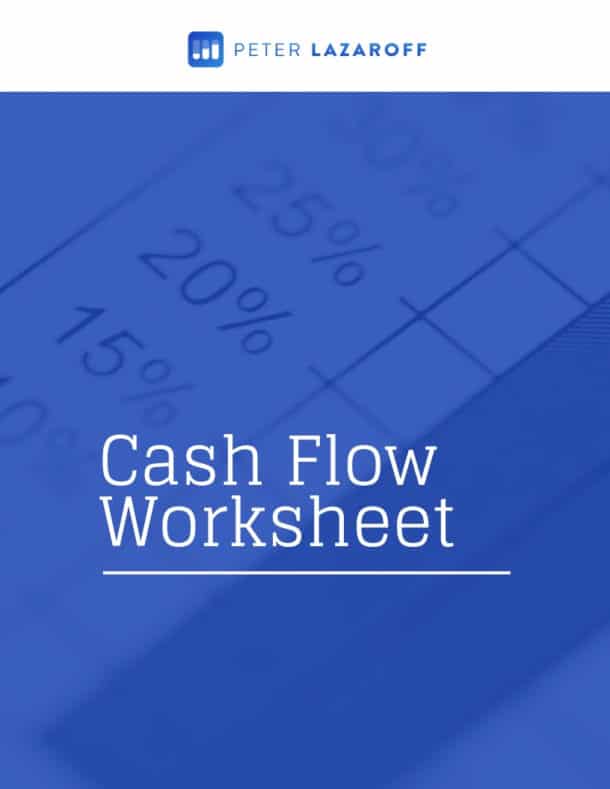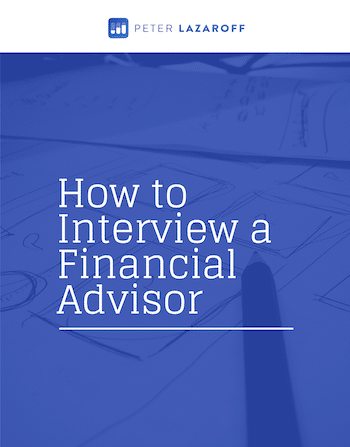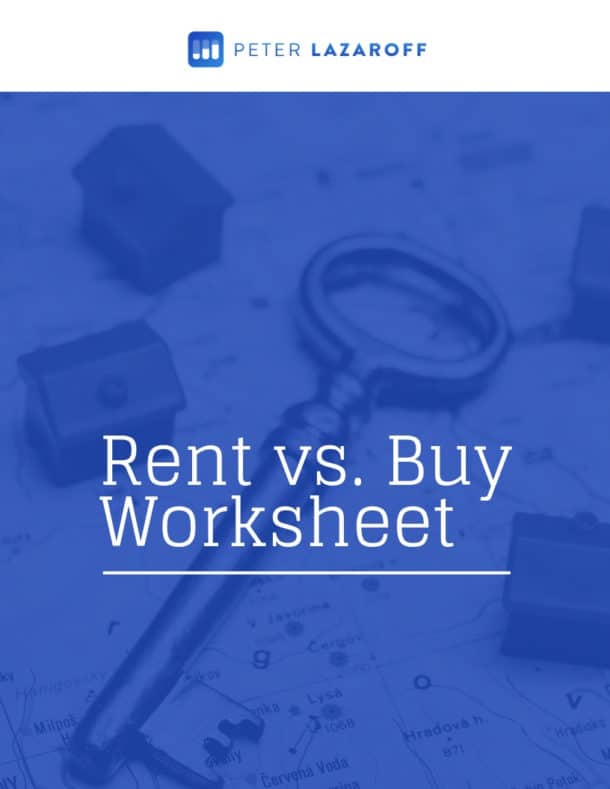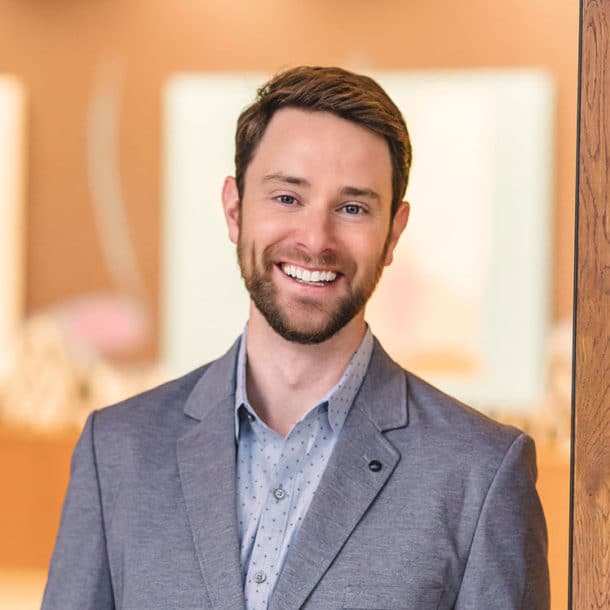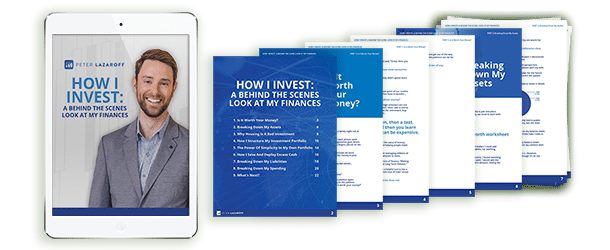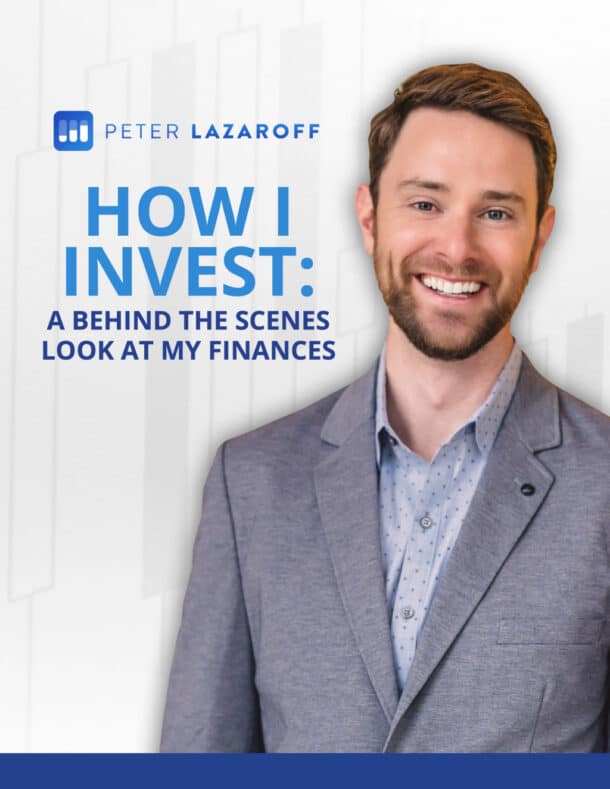Everyone starts a podcast.
But very few build a show with consistent episodes and growth.
Almost half of all podcasts (47%) produce less than three episodes before they turn off the mic. Of the 3 million podcasts available only 156,000 make it past ten episodes.
That’s not a typo.
Launching a successful podcast takes more than a microphone and the courage to hit record.
What’s needed (but rarely talked about) is a commitment to consistency, creativity on where you’re willing to hit the record button from, and a dash of grace as you let go of chasing perfection.
Now that I’ve published over 100 episodes and 100,000 downloads for The Long Term Investor podcast, I’m here to pull back the curtain on what it takes to be one of the few hosts committed to mastering the craft.
If you’re a listener, you’ll love this behind-the-scenes tour.
If you’re a podcaster or dreaming of being behind the mic, you’ll appreciate the transparency.
Here’s what I’ve learned after 100 episodes and 100k downloads. Hopefully, it teaches you something valuable, even if it’s just a greater appreciation for your favorite podcasts that publish new episodes week after week.
Now that you’re 100 episodes in, what makes your podcast unique in the finance space?
For a lot of podcasters, it’s their first foray into content creation.
For me, having spent so many years blogging and writing for other sources—whether it’s the Wall Street Journal or Forbes—I falsely assumed podcasting would be easy. In fact, I expected it would be even easier than writing.
When I started, I estimated a great episode would take about three hours–one to prep, one to record, and one to create the show notes.
What I discovered, though, is podcasting takes longer than writing an in-depth article for the Wall Street Journal or my blog. The depth of detail invested in each episode is just the beginning of what makes my podcast unique.
What also sets The Long Term Investor apart is my understanding of how people consume. Other podcasts have show notes, but my show notes are detailed, organized, and easy to find key resources.
It was important to me to create options for you to fully consume the podcast in audio and/or written formats, depending on your preferences. And that takes a tremendous amount of time and energy to do, which is why it’s rare to see with most podcasts.
As a big podcast listener, I often ask myself, “What do I wish all my favorite podcasts did to make the experience better?” Then, I try to do that with mine.
The in-depth show notes are just the start. I also timestamp the show notes and videos I release for YouTube, gather and organize all the resources the guests share, and read books from all the guests so I can ask them unique questions for a different perspective.
By incorporating all these aspects I wish everybody else did, yes, it takes a lot more time, but it’s more valuable. And the research shows.
I surveyed my email list to see if they read the show notes I spend hours creating.
Over 50% of my listeners listen to the audio and read the show notes.
I’m not alone in wanting this sort of expanded support from a podcast. So I continue to put a lot of time into it now because I know my listeners appreciate it and read the show notes.
And I continue to brainstorm new ways to improve the show so that it’s always getting better.
How many hours does it take to produce an episode?
Guest episodes take 12-48 hours, depending on the guest. The biggest investment of time is exploring all of their past work.
I listen to previous interviews to learn about their expertise and what questions other hosts ask them. I read their books and highlight topics to go deeper into or scribble questions my audience might have in the margins.
All of this prepares me to direct our conversation in a way that will be most valuable for my listeners.
Solo episodes take 6-12 hours. Even if I’m expanding on prior content I’ve released–like a previous blog–I will go deeper, add nuances, explore objections, and add fresh perspectives for a podcast episode.
The challenge is I’m also CIO at a large wealth management firm, Plancorp. There are rarely–if any–long stretches of uninterrupted time. As a result, those hours are usually pieced together over two to three days. I’ll write notes on my phone while at the gym and research guests’ work from the couch while the kids watch TV before bed.
Hosting a podcast is a tremendous time commitment. But the reward is equally amazing.
The power of podcasting is the intimacy it creates between you and your listeners, it’s much different than writing.
When people read, they don’t consume deeply or holistically. But if you have headphones on or I’m coming through your car speakers while you’re running errands, there are very few things as intimate as that connection.
When listeners reach out, after hearing my voice each week, our connection and their understanding of the concepts I share is much stronger.
It’s the same feeling I get when I hear my favorite sports broadcasters, some of whom have been in my ears for decades. There’s a different level of connection that I better appreciate and get to enjoy as a podcast host.
How has the podcast made you more effective and strategic as the Chief Investment Officer at Plancorp?
There is a very clear, distinct, tangible benefit I get from the research that goes into the guest interview process.
Even if it’s about a book I’ve already read or a topic I feel I’ve mastered, studying it and asking direct source questions drastically improves my understanding of concepts–from the very basic to the very complex. As CIO, that’s been invaluable to how I support our firm and clients.
- My solo episodes are often inspired by questions from our clients. If one client has that question, chances are another one does too.
- Recording the podcast is also a scalable way to spread me out across the country and our clients all at once. Then, I’ll take that deeply researched episode and personally send it straight to the client who asked the question.
- At our firm, the podcast also helps me do internal education more efficiently. At Plancorp, we do an exceptional amount of ongoing education for our wealth management team.
Every week, we cover different topics. If people can’t make the session for any reason, or I’m out of the office, I can record a thoughtful and well-researched podcast episode to distribute and help our team serve our clients at a world-class level.
So as much as this podcast is for me to grow and continue to deepen my expertise, it also supports our clients and helps our internal team be the best in the business at what we do.
What has been the most rewarding aspect of building the podcast so far?
When people reach out to me, it’s truly touching to learn how big of an impact the podcast has had in their lives and financial education journey.
I’ve been writing for over a decade. Occasionally readers reach out, but it’s not the same. With podcast listeners, we have a relationship that expands beyond what I’ve been able to build with readers.
And to be clear, I love readers equally! I’m a huge reader myself too.
But for podcast listeners, we build a deeper connection than what I’ve been able to do with pixels on a screen as a writer.
What’s the biggest fear or challenge you overcame in the first 100 episodes?
Publishing an episode every Wednesday morning is both my biggest fear and challenge.
I’ve had to record episodes with sick children on my lap. I’ve had to record at strange hours of the night and in weird places. What’s hardest is when you have to record an episode that you wish could be better, but there just isn’t enough time.
It’s cliche, but I’ve come to learn that perfect is the enemy of done. I can always follow up with another episode to go a layer deeper. If I’m worried about people having questions, I know that they can reach out and I can answer their questions via email.
Still, publishing something every week is always frightening. Every. Single. Time.
There have been a handful of times I’ve gotten a few episodes ahead of schedule. There are also times when life gets busy and every week I’m publishing just hours before the deadline.
We all have responsibilities. I’m more than just a podcaster, which is both wonderful and incredibly challenging. Even if I take a vacation or speak at an event, I still need to hit publish every week.
The reason I believe people continue to tune in is they can count on me.
I’m there every week–even if I had to record the episode at 4 am before I hop on a flight. Listeners get to hear what’s on my mind as a CIO and my unique perspective on long-term investing and personal finance.
What would surprise your listeners about life behind the scenes of The Long Term Investor podcast?
Being a successful podcaster is not as simple as turning on a microphone and starting to talk. Many people assume it is, but even the best podcasters and radio hosts have to create outlines, topics, and storylines for every episode.
When I say something on the podcast, it’s not as off the cuff as it may seem.
I’m very intentional about the words I choose in solo episodes. Interviews require me to react to the guests, but I never hit record without having a plan for the conversation.
Here’s why…
Every episode has one goal: to help the listener answer pressing questions about their money and make better choices in their finances. To do that, I can’t wing it.
There is always a plan to create true value and creating that plan takes an astounding amount of time.
The growth of the show reflects that the episodes are not slapped together.
I could spontaneously throw together a decent episode every once in a while, but if it took you nine bad episodes to get to a good one, you wouldn’t make it to that tenth one. The show wouldn’t have reached 100,000 downloads in the first 18 months if it wasn’t meticulously produced to help you as a listener every week.
So before I hit record I get clear on what is the one thing I want to make sure you learn?
And then I do my best to answer that question before we end the episode.
How do you hope to grow as a creator in the next 100 episodes?
My next goal is to get better at interviewing people.
I’ve improved quite a bit from my early interviews, but I’m really focused on studying other podcast hosts and trying to reverse-engineer what makes them better than others.
What do they do well and where do they struggle?
I’ve been seeking out guidance from other advanced podcasters to understand their preparation process, the interview itself, and how they handle things after the interview.
My hope is that the interviewing becomes more natural for me. Being an excellent interviewer creates a great experience for the guest and the listener, so I’ll be expanding my focus there in the next 100 episodes.
What tips do you have for anyone considering a large creative goal?
Choose and commit to a creative goal you can do with incredible consistency.
Publishing a podcast once a week was a big choice. I considered publishing every other week or monthly. I even delayed the start of the podcast for 18 months because I wasn’t sure I’d be able to publish weekly.
Even when I wrote a book, I knew I needed a certain number of days each week when I could commit my entire attention to writing. And a book is one big project, the podcast is an ongoing project.
Anytime you’re taking on a creative project, you have to really look at your life calendar–what happens at work and in your personal life–and decide if you truly have the time and space to make this goal happen.
Creative goals can be small, they can be large, but consistency is the key to meeting a goal of any size. Making sure you have the space and the discipline to maintain that consistency over time is key.
If we could fill this room with all your podcast listeners and you got to tell them one thing, what would it be?
The best part of this podcast is you.
I’m so appreciative of every single person who listens.
I’m especially appreciative of everyone who sends me notes and messages, feedback, questions, and ideas. There’s nothing better than getting to interact with people on the other side of audio.
All I see when I record is a microphone. After I publish, all I see are the download numbers. I don’t get to see the real people until they engage with me. If you enjoy the show, please go out of your way to say hello, I love to hear from you.
Comment on the podcast platforms, leave a review, or sign up for my newsletter and hit reply to the emails I send. If nothing else, sign up for my emails just to get easy access to my personal inbox.
My newsletter also shares the top articles I’m reading but the most valuable thing is you’re a click away from an interaction with me once you’re on my email list. That’s an easy way to say hi.
I respond to every single person who reaches out, and it makes all of the work I invest in the show even more fulfilling. Send me your questions, your critiques, or even a simple hello. I love to meet the people who are out there listening to the show.
***
Thank you once again to all the listeners of the podcast and readers of the show notes!
If you’re not already, please subscribe to the Long Term Investor Podcast or share an honest review on your favorite platform.
With your support, I hope to reach the next milestone and continue to improve the show even faster.

